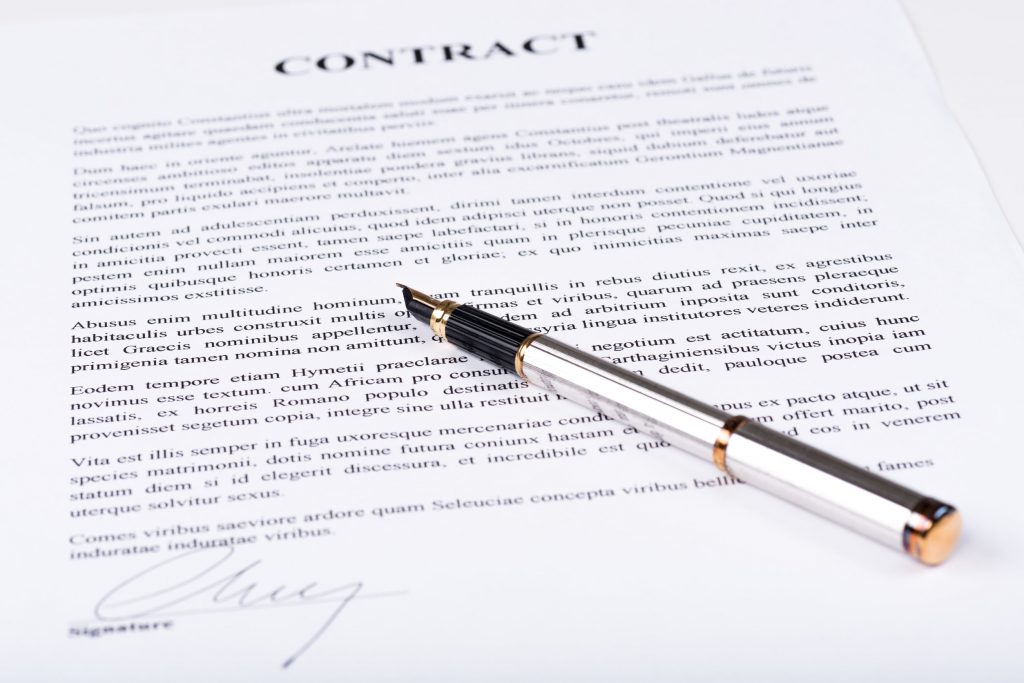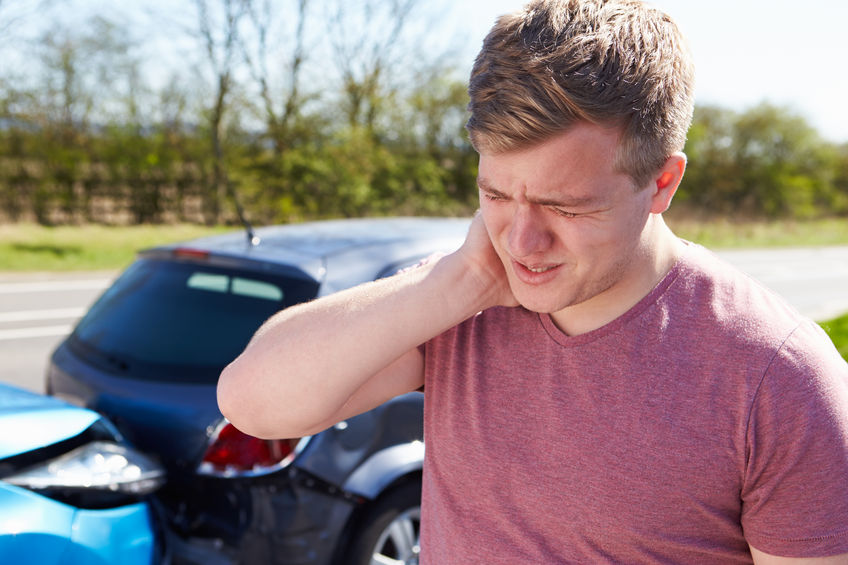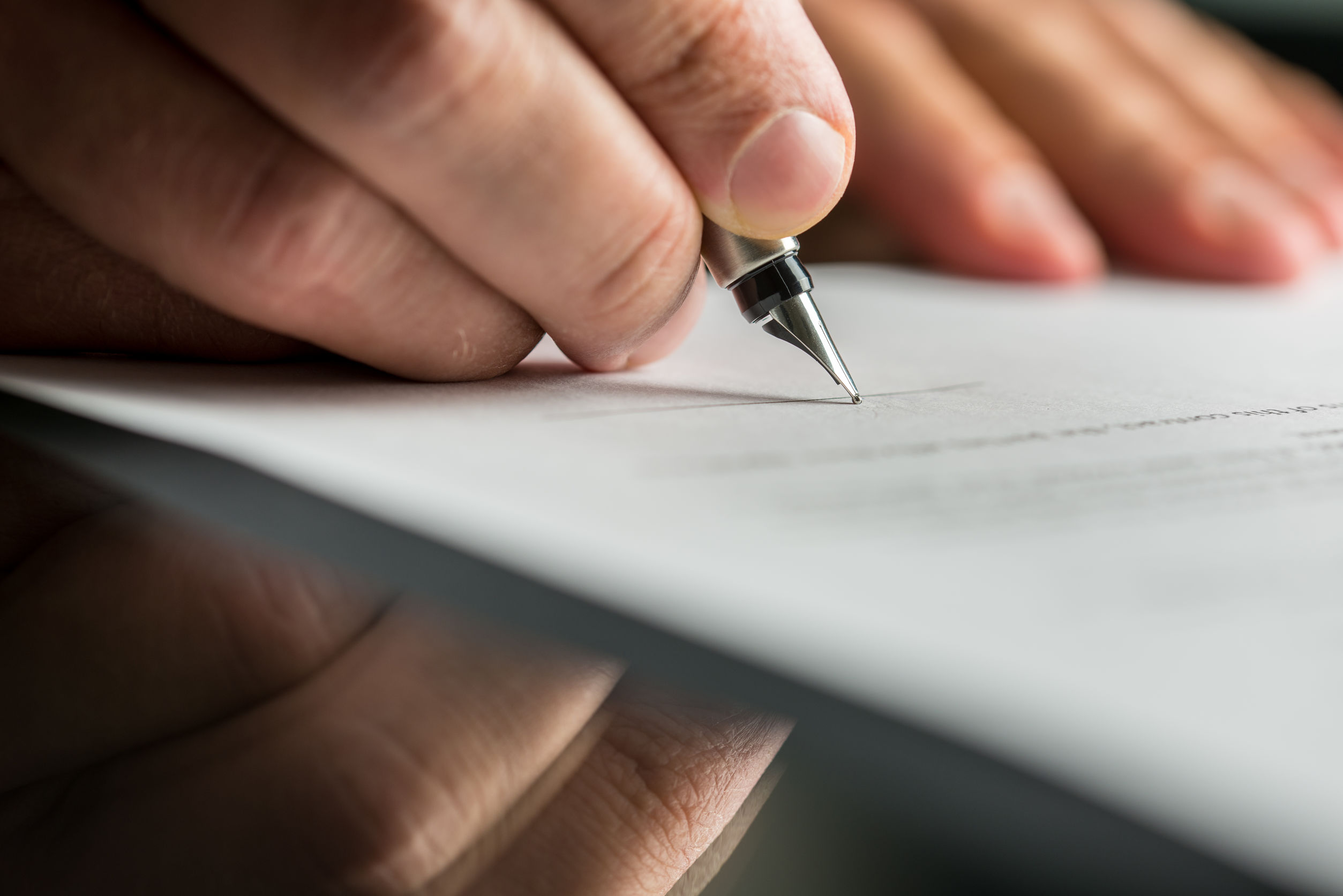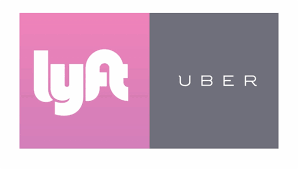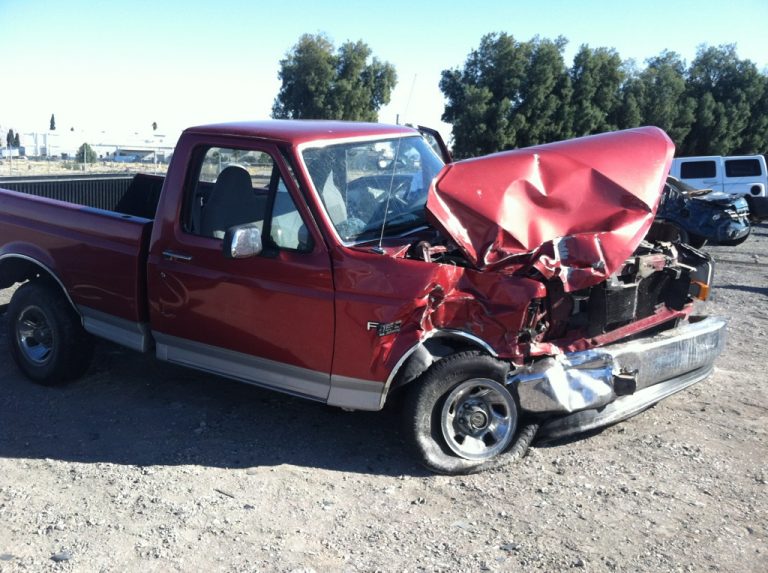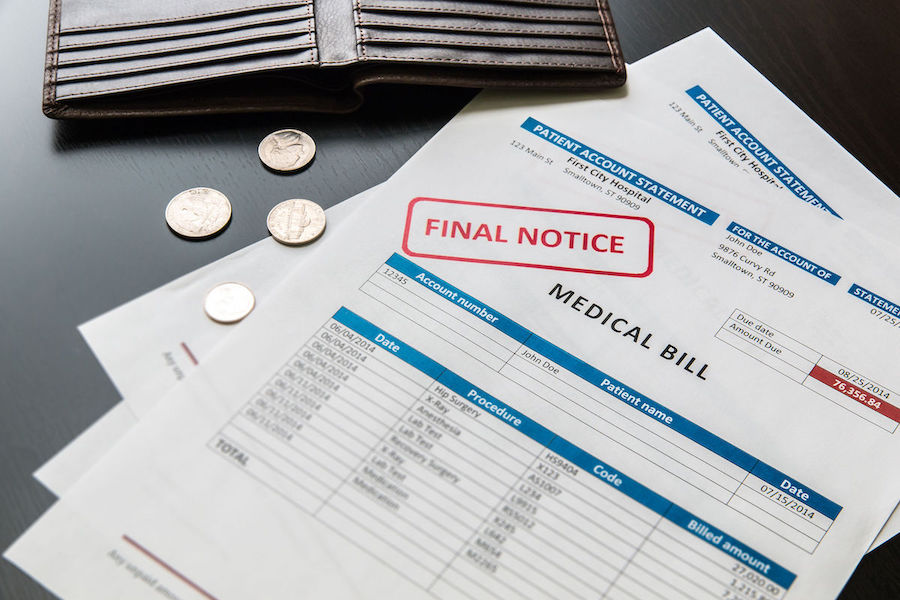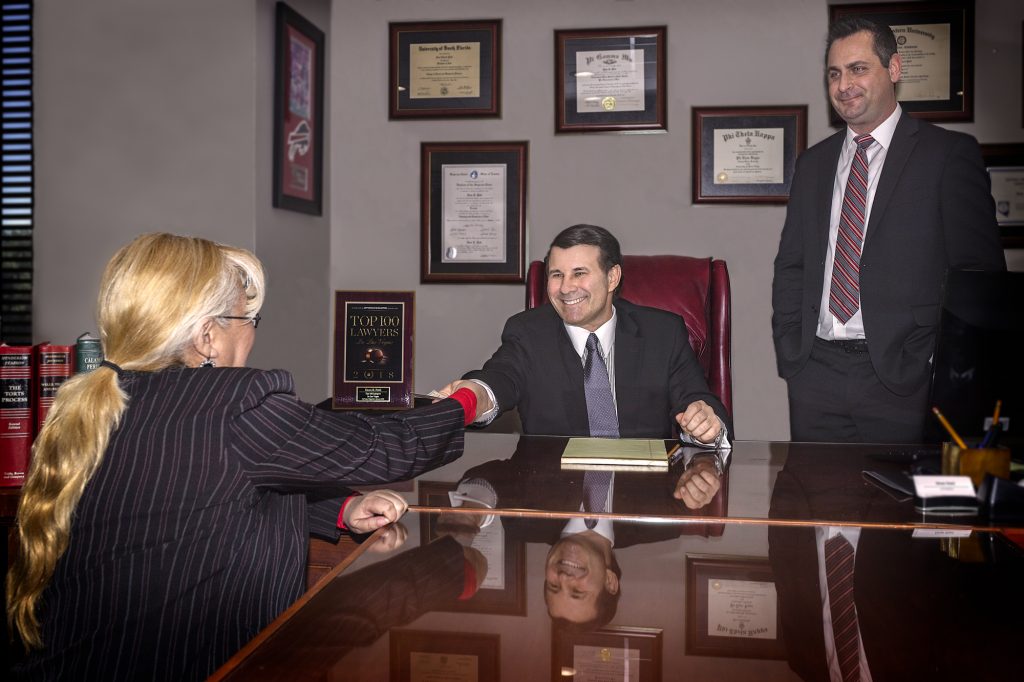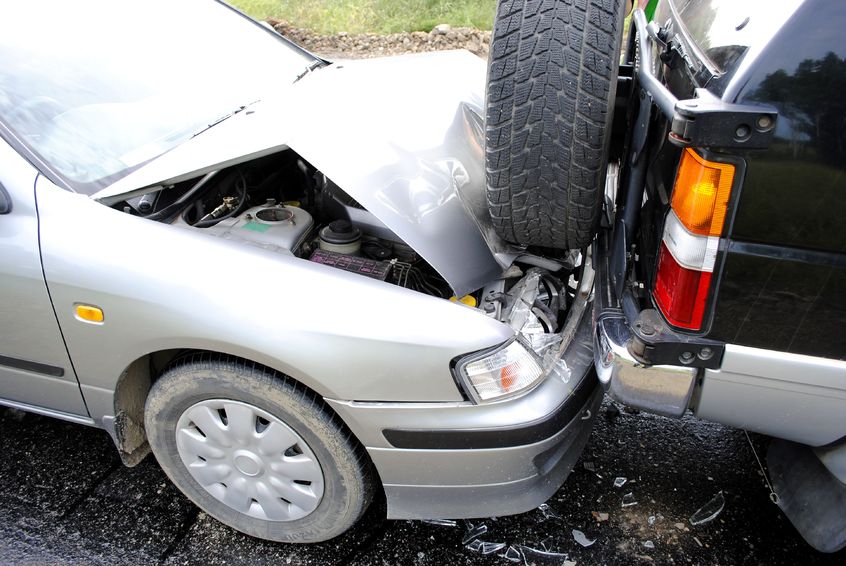
There is no simple answer to how long it takes to settle a car accident case. Every car accident case is different, and there is no fixed formula. Generally, the less disputes issued, the more likely the case settles early. The more disputed issues, the longer it takes to settle case. There are several factors to consider.
Is There A Dispute As To Who Caused The Accident?
The first factor to consider is whether there is a liability dispute. A liability dispute means the drivers involved in the car accident are claiming the other person is at fault. Many times when there is a liability dispute, a lawsuit will have to be filed. The purpose of the lawsuit is to get a judge, jury, or arbitrator to decide who is at fault. However, even if a lawsuit is filed, a case can still settle without going to trial or arbitration. What happens in a personal injury lawsuit is a whole separate topic, and you can learn more about that by clicking here.
Sometimes, a case with disputed liability can settle without a lawsuit. Usually, this happens when one driver has more or stronger evidence to show that the other driver is at fault. For example, if the police came to the accident scene, did an investigation, and determined the other driver is at fault, that other driver’s insurance company may decide to settle the case. Generally, a person’s car insurance company can settle a personal injury claim without the permission of their insured. If there is a disinterested witness to the accident, there is a good chance of settling without a lawsuit. A disinterested witness is someone who has no interest in the case. Usually, this means the witness doesn’t know any of the other drivers involved.
How Severe Are the Injuries And How Much Insurance Is Available?
Assuming liability is not in dispute, the next two main factors to consider are (1) the extent and severity of the injuries and (2) the amount of insurance available. The more severe the injuries and the lower the amount of insurance available, the faster a case would actually settle. For example, if a car accident caused you to break a leg and the insurance limits for the at fault driver is the Nevada minimum of $25,000, the case would likely settle pretty quickly. The reason this case settles quickly is because there is no dispute that the injuries are greater than the insurance monies available.
The more severe the injuries and the greater amount of insurance available, the longer it could take a case to settle. For example, if you were in a car accident with a semi-truck, it is likely that the semi-truck carries a commercial liability policy. That commercial policy could be more than a million dollars. If you injured your neck in that truck accident, it could take sometime before your doctors determine that the injury is more severe or permanent. Most neck injuries from a car accident are initially diagnosed as a soft tissue injury, usually a sprain or strain. Some neck injuries may require surgery. Doctors generally can’t tell at the beginning if a neck sprain or strain may turn out worse and require surgery. Imaging, such as MRIs, may be necessary. Doctors also may require pain management and even epidural steroid injections. Other tests, such as nerve conduction studies, may be needed. All of these tests and treatment take time. A car accident victim shouldn’t settle their case until they know the full extent of their injuries.
More often than not, the less severe the injuries, the more likely the case will settle without a lawsuit. Less severe injuries take less time to heal. Once a car accident victim is fully healed or has reached maximum medical improvement, then the attorneys can begin the process of settling the case. You can learn more about the process of settling a case here.
How Bad Was The Car Accident?
The amount of damage to the cars involved in the accident also affects when the case settles. Generally, insurance companies take the position that minor impact accidents do not cause injuries. Even if they do, insurance companies say that the injuries are so minor and they will dispute the necessity or amount of medical treatment. Read more about the insurance companies’ tactics in dealing with “Minor Impact Soft Tissue” injury cases here.
What is considered a minor impact usually depends on the cost to repair the damage or how visible the damage is. An experienced personal injury will always obtain documentation on the property damage. This could include photographs of the cars and repair estimates.
The above are just some of the more common factors affecting how long it takes to settle a car accident. There may be other factors to consider, such as whether the accident victim has pre-existing injuries or is an eggshell person. Again, no car accident case is the same. If you have questions about your car accident case, you should speak to an experienced Las Vegas car accident attorney. With a combined total of 25+ years of experience and success, the car accident attorneys at D.R. Patti & Associates can provide unique insights to your case. Our Las Vegas personal injury attorneys know that its important that clients get to speak to their attorneys.

